Waste disposal, also called waste management, refers to any actions and activities needed to manage waste from its creation to its final disposal. This includes collection, transport, treatment, and disposal, all which is done under regulations and monitoring under the legal and regulatory rules that surround waste management.
Liquid waste requires different methods from solid or gas waste management. The proper liquid waste disposal techniques are meant to reduce the adverse effects on the environment, human and animal health, and aesthetics. Here are eight of the most commonly used ways to dispose of liquid waste.
1. Sedimentation and Dewatering
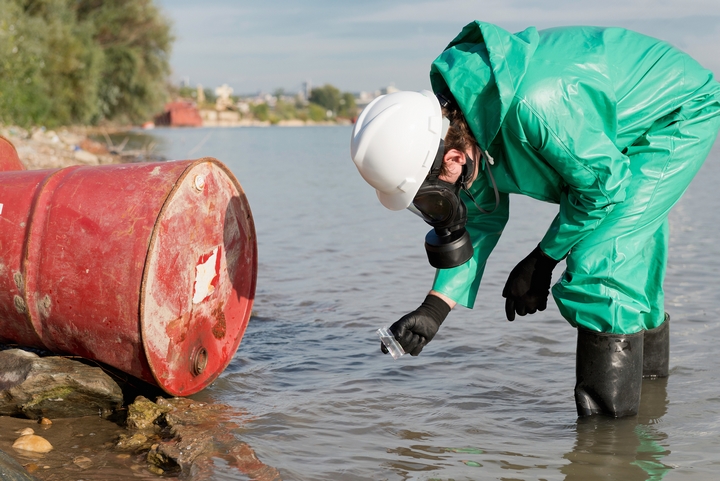
This one method that is used to separate the water out of solid waste in non-hazardous liquid waste. The liquid waste is left in a sediment basin and any contaminants are easily removed. The water that remains in the basin is filtered and treated as needed, and the solid waste is sent to the landfill.
Dewatering is another method to use when the liquid waste is non-hazardous. With this, the liquid is pumped into a huge bag, and the water is removed. The solid waste left behind is disposed of at the landfill, like with the sedimentation method.
Downsides: both of these methods require proper planning, design, operation, and licensing to ensure the methods are being done right. Getting rid of solid waste left behind can be expensive depending on the amounts.
2. Incineration

Hazardous liquid wastes are best disposed of using incineration. The heat is produced by a multiple hearth furnace or a fluidized bed furnace. This will dispose of hazardous wastes like acids, scrap materials, slag, rock tailings, oils, and other chemicals. Any water left behind is clear and free of contaminants. |
Downsides: incinerators are expensive to build and operate, and have a high energy requirement. Incinerators require continuous maintenance and skilled personnel onside. There can also be an unsightly smell and waste products.
3. Composting
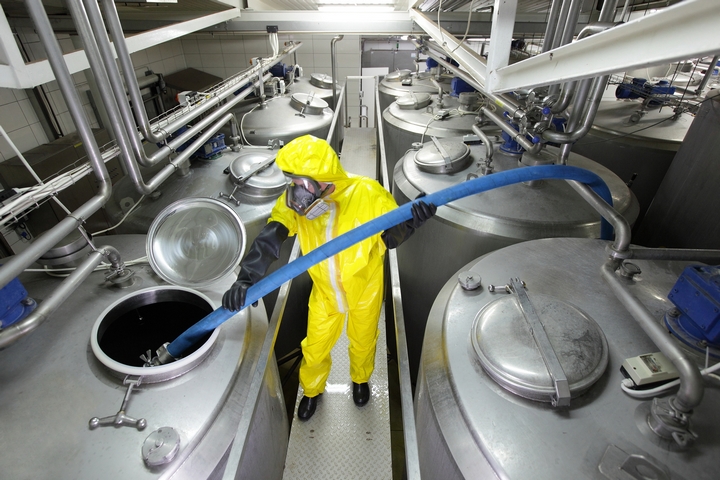
Liquid organic waste can be composted. The water is removed and the organic waste that is left over can be made into an organic fertilizer. This will have nutrients like sodium, potassium, and nitrogen, which can then be applied to the soil. Composing helps feed the soil and protects the environment.
Downsides: few.
4. Solidification
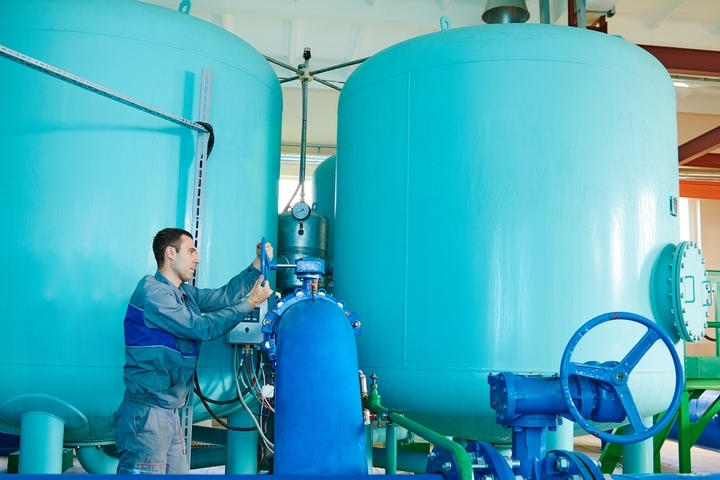
Before liquid waste goes to a landfill, some companies choose to turn it into solid waste by adding fly ash, sawdust, or lime dust. There are also other environmentally safe technologies that can make liquid into solid without increasing its volume. Solidification overall makes it easier to properly and safely dispose of liquid waste.
Downsides: huge amounts of solid waste, transportation and disposal costs, greenhouse gas emissions depending on the type of reagent used to solidify the liquid.
5. Root Zone
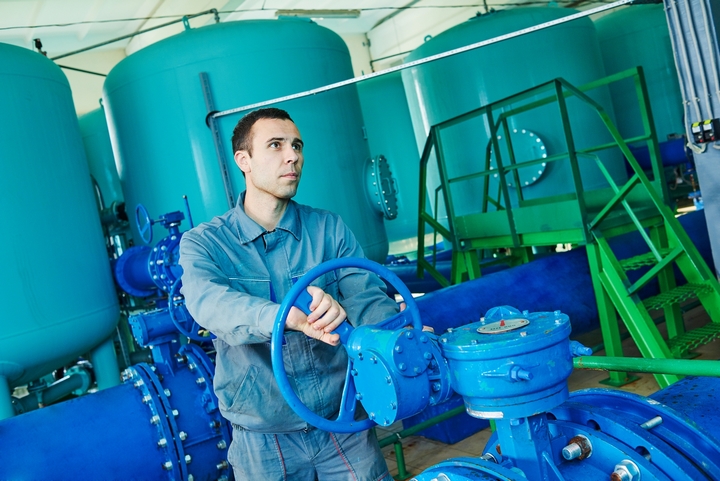
Root zone is a disposal method used to handle liquid waste that comes from bathroom and kitchen drains. The liquid waste goes through a sedimentation tank first, and is filtered using different processes. After that, the water left behind is pure enough to be released into nature or transferred to a water treatment plant to be recycled. This is one of the more complex methods of liquid waste disposal, but it is very effective.
Downsides: not always an available option, and is expensive to set up a root zone system.
6. Disposal
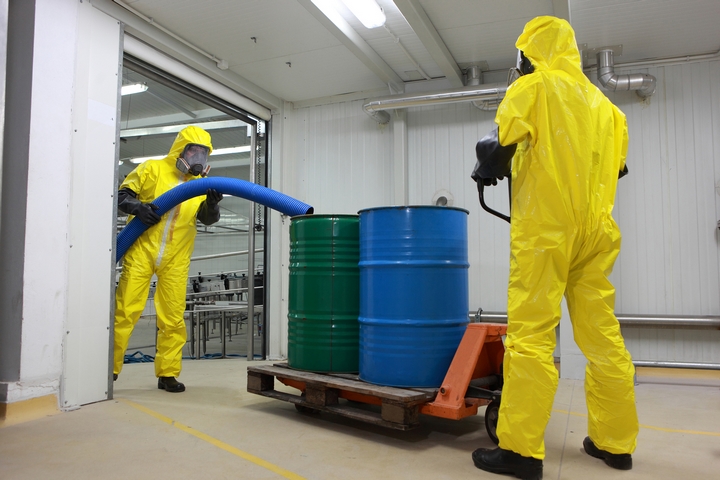
Some companies don’t want to deal with their own liquid waste, or don’t have the resources to do so. In these cases, they hire a liquid waste disposal company to handle the liquid wastes produced. Liquid waste disposal companies collect the liquid and transport it to their facility where it will be treated appropriately and then disposed of safely. There are also companies that will travel to the company’s location, solidify the liquid waste on-site, and leave the site with the solid waste for the company to dispose of however they wish.
Downsides: few. This is sometimes the best option for companies who want less waste, improved safety, lower transportation and disposal costs, and better compliance.




